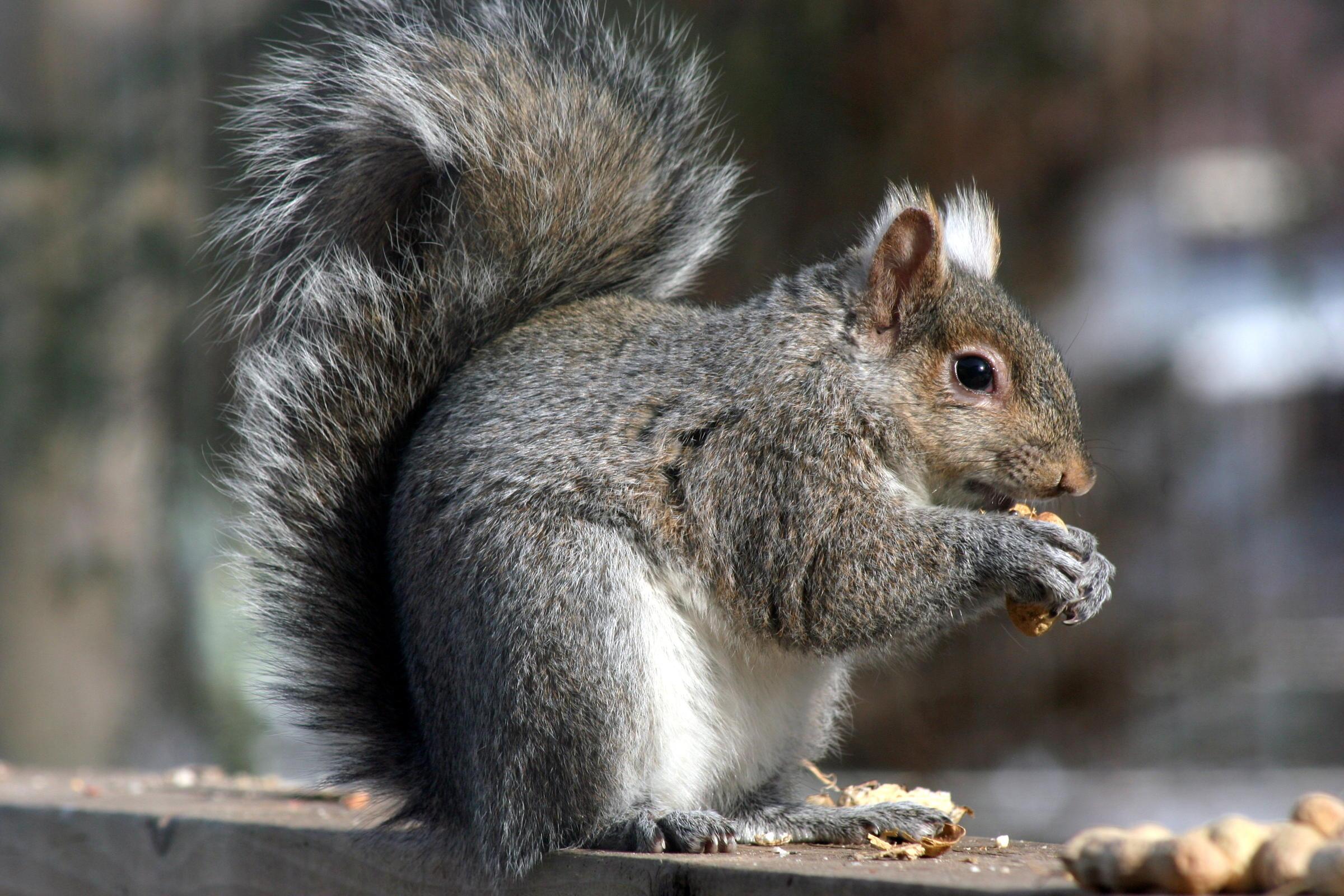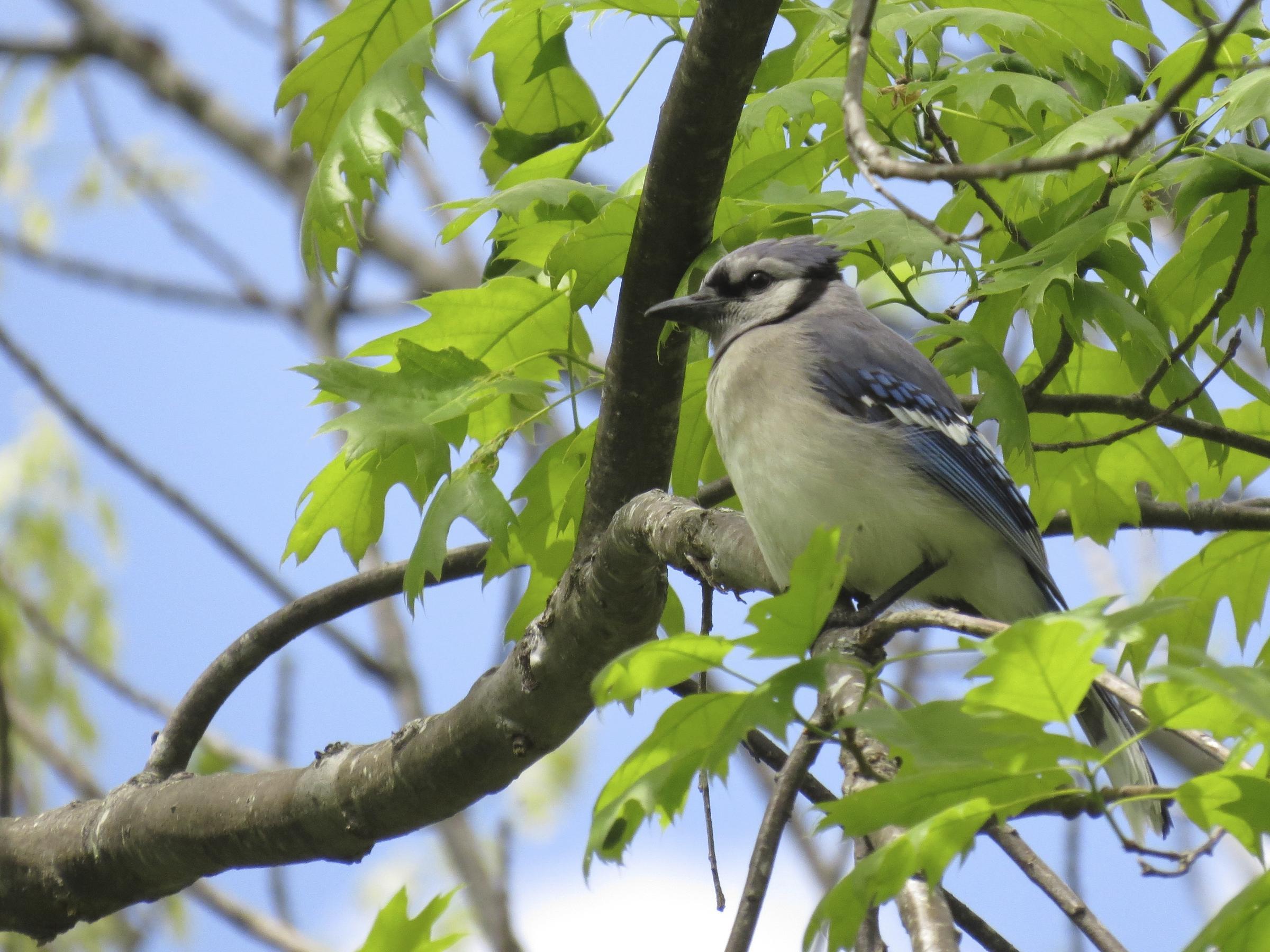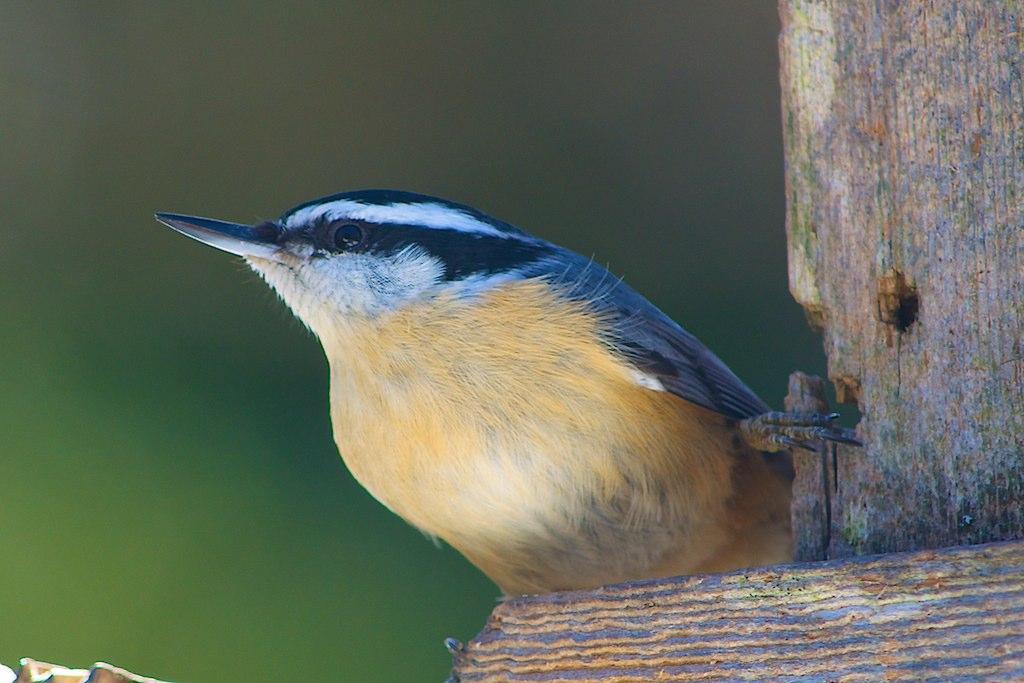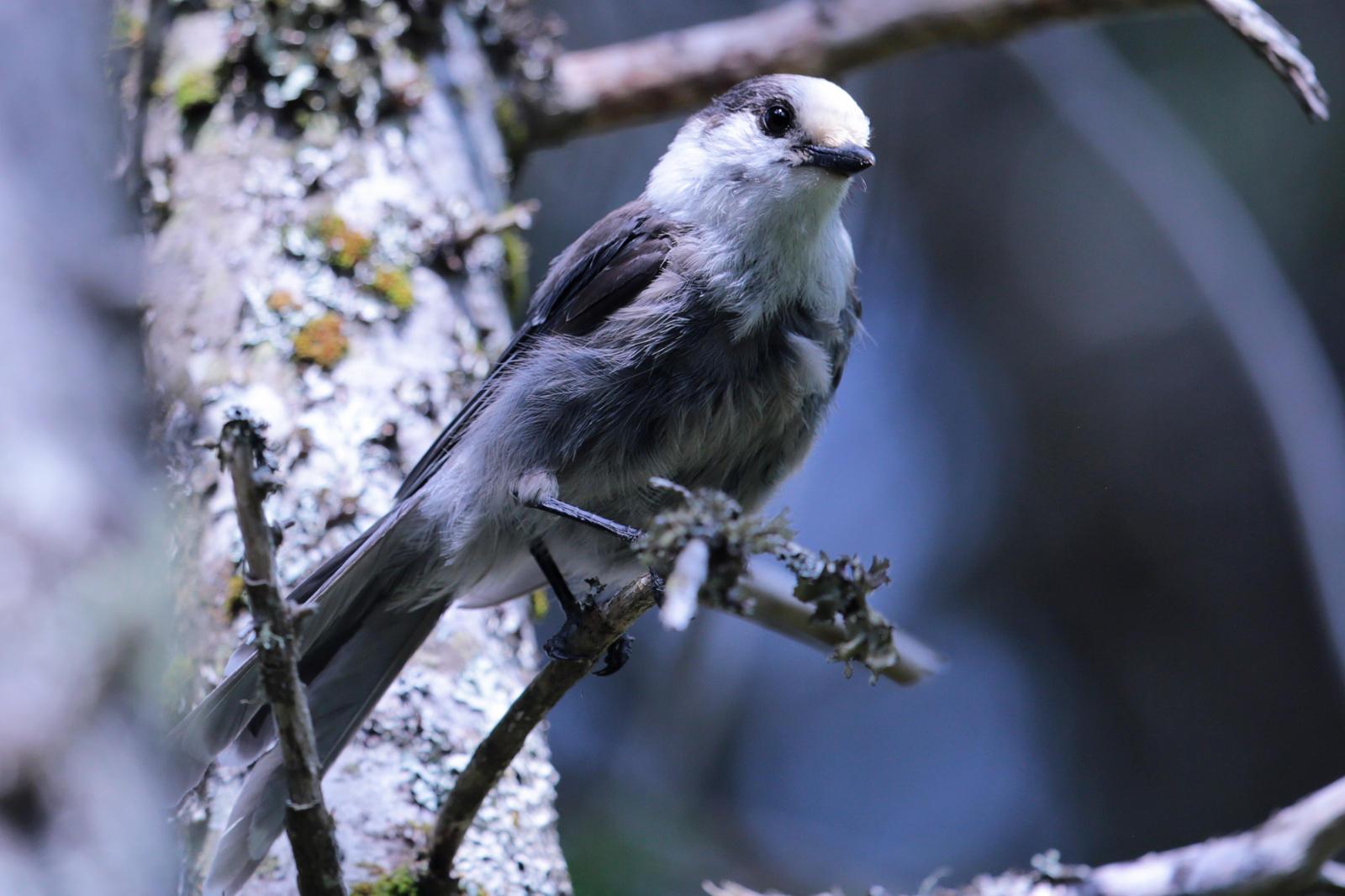- Tags:
- Wildlife,
- Something Wild

A gray squirrel - THE classic scatter hoarder. Photo Robert Taylor via Flickr.
You may be familiar with hoarders (not the TV show, but same idea). In nature, a hoarder will hide food in one place. Everything it gathers will be stored in a single tree or den. But for some animals one food cache isn't enough. We call these animals scatter hoarders.

A "scatter hoarder" hides food in a bunch of different places within its territory. The gray squirrel is a classic example, gathering acorns and burying them in trees or in the ground. Not all squirrels are hoarders. Red squirrels are plain old hoarders. If you've ever been walking through the woods and a red squirrel starts screaming at you, it's defending its one and only stash. The same goes for chipmunks and white-footed mice.
The gray squirrel isn't alone in the practice of scatter hoarding. Blue jays and gray jays will spend the summer accosting hikers, filling itself with as much granola or fruit as it can.

They bring their bounty back into the forest and glue the food into crevices of the trees with its saliva. I know, who spits on their food?! Well, the gray squirrel. They will lick their acorns before burying them. Since squirrels haven't quite mastered the science of cartography, tracking down food stashes in the winter can be challenging. Their saliva acts as an olfactory signpost - they can smell the spit through the snow and frost. The only problem is other squirrels may smell the cache and steal the food.

At first glance, this may not seem like the best strategy but it does work, and gray squirrels aren't the only ones who have to deal with such theft. A tufted titmouse will grab seeds from a feeder, fly off and stash it in a tree, only to have a red-breasted nuthatch come along and take those seeds. So how is this behavior effective?

A scatter hoarder has cache sites all over their territory; they don't put all their eggs in one basket. Sure, some of their food will be forgotten or stolen over the winter, but the goal is to have so much food they'll still have enough to get through the winter. And as for the buried nuts that no one finds, they are planting the next forest. When those trees mature, they will provide food for future generations of hoarders and scatter hoarders.
